
-
Find the right food for your petTake this quiz to see which food may be the best for your furry friend.Find the right food for your petTake this quiz to see which food may be the best for your furry friend.Featured products
 Puppy Large Breed Chicken & Brown Rice Recipe
Puppy Large Breed Chicken & Brown Rice RecipeVital nutrients to support 5 essential building blocks for lifelong health
Shop Now Adult Chicken & Barley Recipe Dog Food
Adult Chicken & Barley Recipe Dog FoodSupports lean muscle and beautiful coat for adult dogs
Shop Now Puppy Sensitive Stomach & Skin Salmon & Brown Rice Recipe
Puppy Sensitive Stomach & Skin Salmon & Brown Rice RecipeDelicious, highly digestible recipe, gentle on stomachs. Nourishes skin & promotes a lustrous coat
Shop NowFeatured products Adult Urinary Hairball Control Chicken & Rice Recipe Cat Food
Adult Urinary Hairball Control Chicken & Rice Recipe Cat FoodActively supports the health of the whole urinary system
Shop Now Kitten Chicken Recipe
Kitten Chicken RecipeVital nutrients to support 5 essential building blocks for lifelong health
Shop Now Adult 7+ Chicken Recipe Cat Food
Adult 7+ Chicken Recipe Cat FoodSupports energy level and beautiful fur in mature cats
Shop Now -
Dog
- Dog Tips & Articles
-
Health Category
- Weight
- Food & Environmental Sensitivities
- Urinary
- Digestive
- Joint
- Kidney
-
Life Stage
- Puppy Nutrition
- Adult Nutrition
- Senior Nutrition
Cat- Cat Tips & Articles
-
Health Category
- Weight
- Skin & Food Sensitivities
- Urinary
- Digestive
- Kidney
-
Life Stage
- Kitten Nutrition
- Adult Nutrition
Featured articles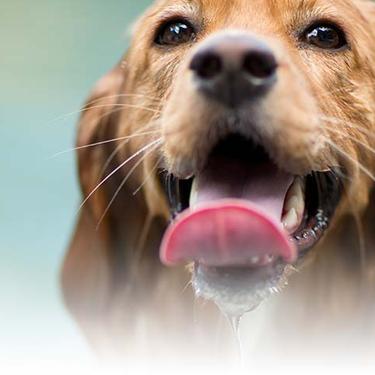 Water
WaterDiscover why water is the most important nutrient for your dog or cat to live a healthy life. Find out how much water your pet should consume each day.
Read More Pet Food Storage Tips
Pet Food Storage TipsDiscover how and where to store your dry, as well as canned, dog and cat food. Learn how to find the "best before" dates on all Hill's pet food packaging.
Read More The Incredible Science Behind Your Pet's Microbiome
The Incredible Science Behind Your Pet's MicrobiomeLearn what a pet's microbiome is, how it contributes to your pet's gut & overall health, and why nutrition is important in maintaining healthy microbiomes.
Read More -


Taking your dog to the veterinarian can be an ordeal under the best circumstances. If you're dealing with a dog that's scared of vet visits, checkups can be as stressful for you as they are for your pup. It can be enough to tempt you to skip the annual appointment and reserve the vet's office for emergencies. But annual wellness checks are an important part of your dog's healthcare. If your dog hates going to the vet, keep reading. Here are some tips to make vet visits go a lot more smoothly for both you and your pooch.
Socialize Your Pup
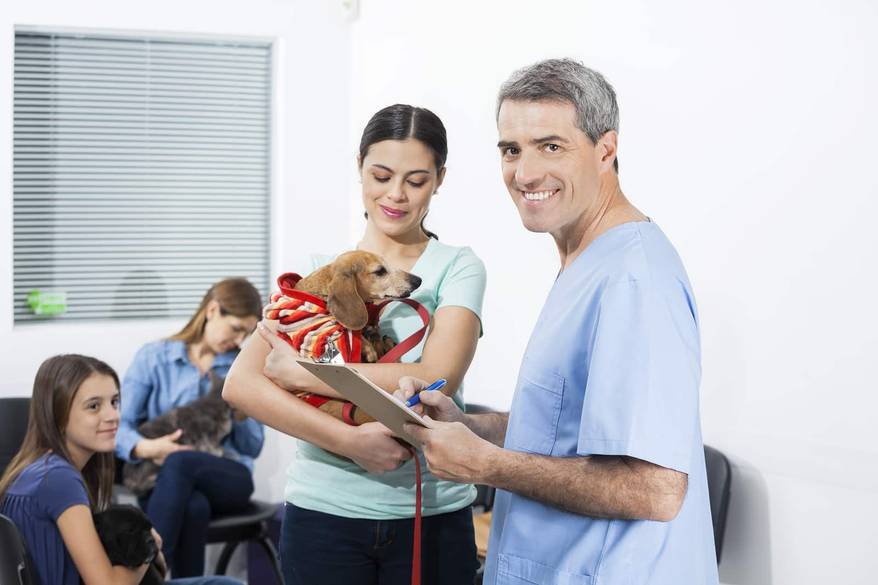
Ideally, puppies should become socialized between seven weeks and four months of age. This is the period of development during which a dog's personality is formed, and the more a puppy sees, hears, smells and experiences during this time, the less fearful he'll be as an adult. If you're dealing with an older dog scared of vet appointments, it could be that he wasn't properly socialized during this critical time frame, or it could simply be that he acquired negative associations with going to the vet as a puppy. Either way, it's never too late to start getting your dog used to new sights, sounds and situations. Seize every opportunity to introduce him to new people, pets and experiences. If your dog becomes fearful and aggressive, you may need to use a muzzle until his fear response goes away. You can also talk to your vet to see if he or she has any methods for acclimating your dog to the environment that has worked for other dogs in the past.
Desensitize Your Dog to Touch
It's inevitable that your pooch will be held, poked and prodded when at the vet, which can be especially scary if he's not used to it. Animal Behavior College recommends spending time handling your dog and getting him used to being touched all over. Once he's relaxed, begin by gently handling his ears and paws, touching his lips and opening his mouth. Reward him with treats and plenty of praise as you go to help create positive associations with being handled.


Tasty Tips
Make Car Rides No Big Deal
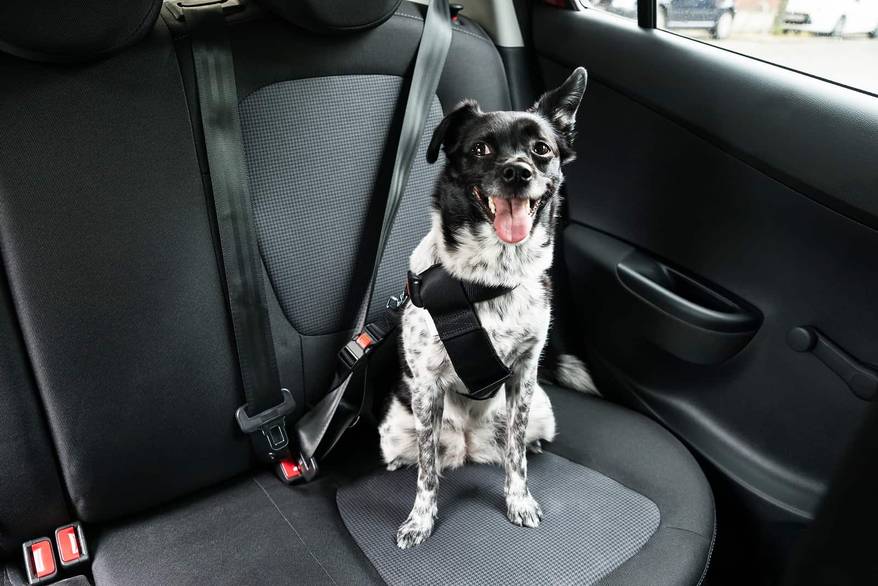
For many dogs, a stressful vet visit begins with getting into the car. This is because trips to the vet may be the only time they ever travel by car. You can help your dog be more relaxed at the vet by making car rides fun. Start with short trips around the block. Then, work up to going to fun places like the dog park or the pet store. Be sure to provide plenty of positive reinforcement along the way. Once car trips start having happy endings for your pup, he'll most likely begin looking forward to hopping in for a ride. Always make sure to follow proper car safety for your dog too, to make him comfortable and safe; this can help ease any extra anxiety he might get.
Make the Vet Fun
Just as you can change your dog's associations with car rides from bad to good, you can do the same with the vet's office by taking him there for social calls between appointments. Call ahead and give the staff a heads up before you visit, and try to go at a time that's typically not busy so the doctors and techs will have time to shower your dog with attention. The AKC adds that it's a good idea to spend a few minutes just hanging out in the waiting room, allowing your dog to watch the other pets coming and going and to get used to the sounds and smells. Be sure to reward him when he's calm and relaxed, and ignore whining or anxious behavior.
Let's face it: there are some aspects of going to the vet that will never be fun for your dog. But if you're willing to work diligently to help your pup overcome his fear, he'll feel safer and more relaxed, making vet visits a much more pleasant experience for both of you.


Jean Marie Bauhaus is a pet parent, pet blogger, and novelist from Tulsa, Oklahoma, where she usually writes under the supervision of a lapful of fur babies.
Related products

Vital nutrients to support 5 essential building blocks for lifelong health

Supports healthy joints, lean muscle, and beautiful coat for large breed dogs

Supports lean muscle and beautiful coat for adult dogs

Delicious, highly digestible recipe, gentle on stomachs. Nourishes skin & promotes a lustrous coat
Related articles
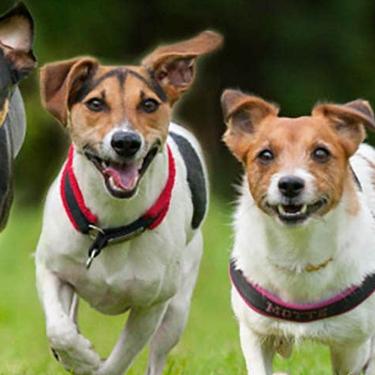
Understand the role that Omega-6 and Omega-3 fatty acids play in your dog's overall health, and how you can ensure they are getting enough.

Large and giant breed puppies have different nutritional needs than other dogs. Learn how to provide the special care they need to grow up big and strong.

Learn about Hill's puppy food and the nutritional benefit & high quality ingredients that it contains for your pup.
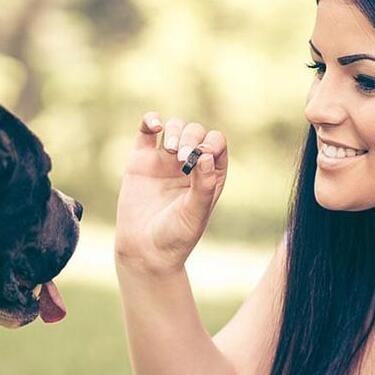
Proper nutrition for your pregnant or nursing dog is vital to her and her puppy's health. Learn what you should do provide her with the proper nutrients.
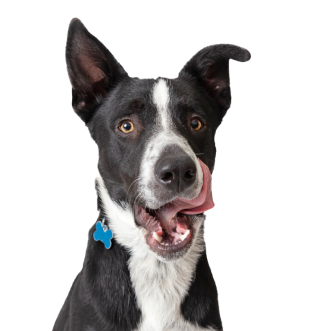
Put your dog on a diet without them knowing
Our low calorie formula helps you control your dog's weight. It's packed with high-quality protein for building lean muscles, and made with purposeful ingredients for a flavorful, nutritious meal. Clinically proven antioxidants, Vitamin C+E, help promote a healthy immune system.
Put your dog on a diet without them knowing
Our low calorie formula helps you control your dog's weight. It's packed with high-quality protein for building lean muscles, and made with purposeful ingredients for a flavorful, nutritious meal. Clinically proven antioxidants, Vitamin C+E, help promote a healthy immune system.

